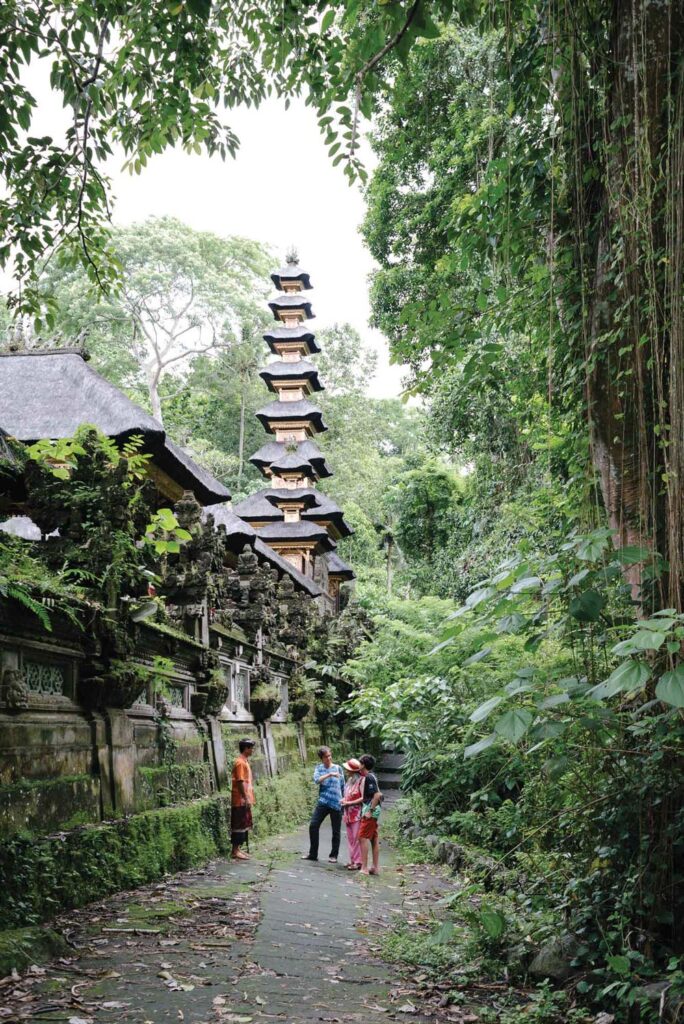
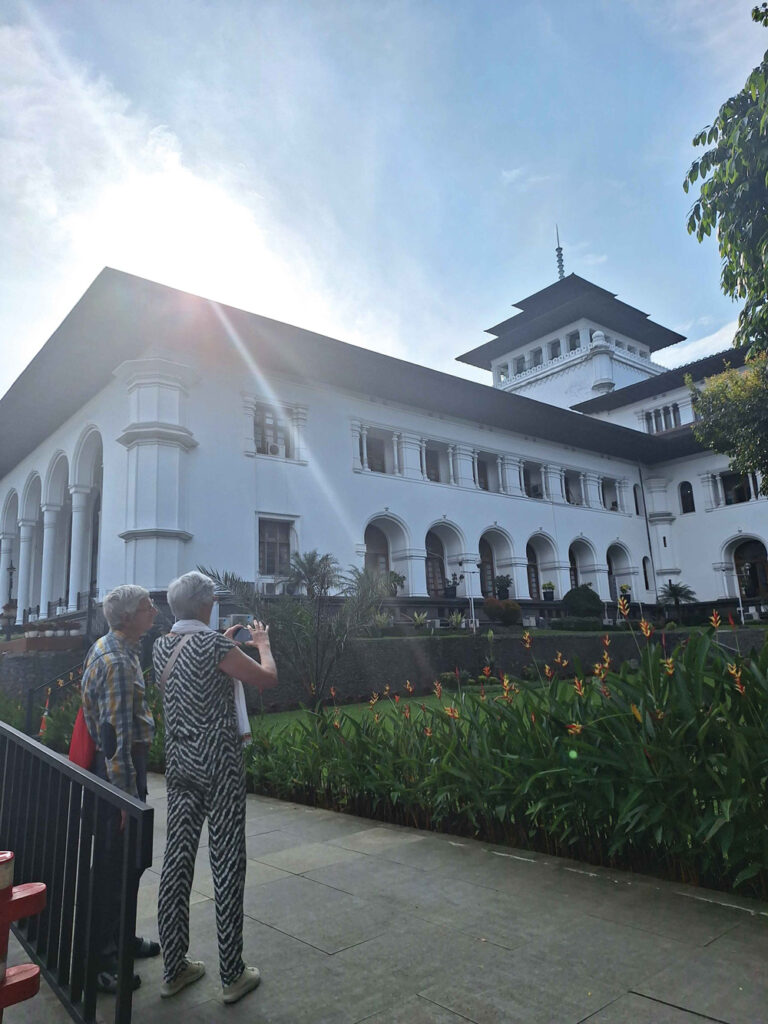
Kingdoms, colonies, and cultural conquests – all these played a part in shaping the Indonesia we know today. While preserved artefacts and photographs provide a starting point for understanding these influences, there’s a better way to relive history, and that is through a heritage walk. You’ll find insightful Indonesia walking tours across different regions of the archipelago, offering an immersive way of experience the past.
Heritage walks and Indonesia walking tours are immersive guided tours help visitors make historical and cultural sense of a place, offering deeper insights into the local heritage. By exploring on foot, it’s easier to focus on historical landmarks, examine architecture up close, and get in touch with lost cultural narratives. Though certainly not a new concept, such experiences in Indonesia are still in their infancy, but are seeing increased popularity as travellers quench for authenticity and understanding.
Here we share three amazing heritage walks in distinct destinations: Koto Gadang, Sumatra; Bandung, West Java; and Ubud, Bali.
Indonesia Walking Tour in Koto Gadang, Sumatra
Sumatra’s Secret Source of Scholars
Near the Western Coast of Sumatra lies the small town of Koto Gadang, an historical village of only 2,500 residents. Despite a small population, the community has birthed hundreds of national and international figures thanks to their intense commitment to education.
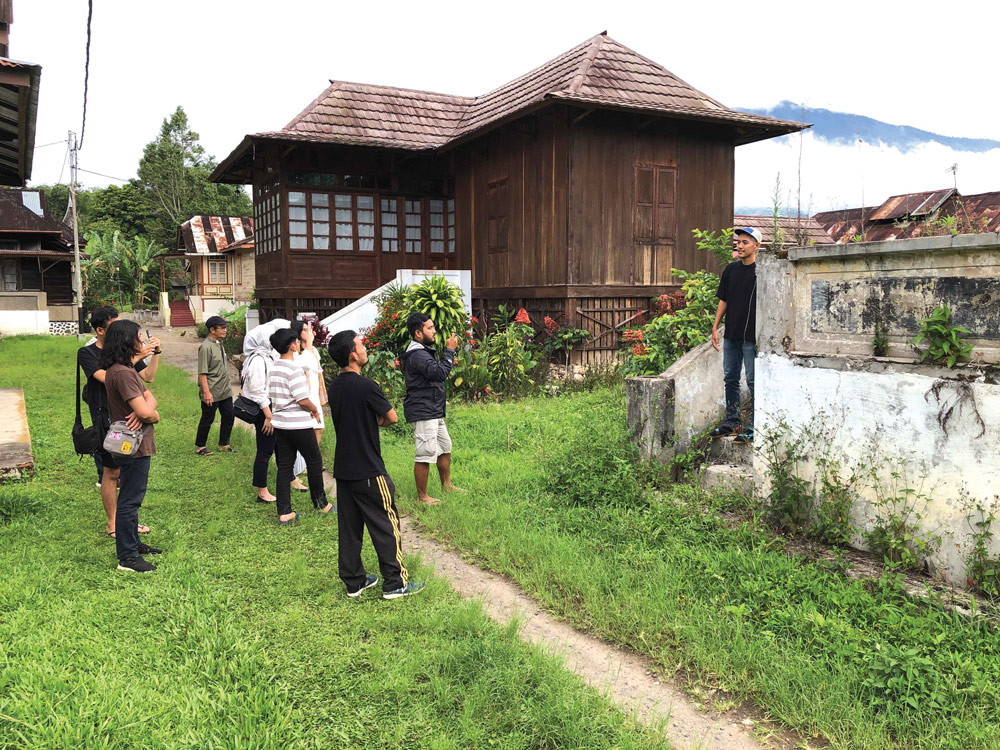
Enveloped by two towering volcanoes, Mount Marapi and Mount Singgalang, the unassuming town is like a land lost in time with certain neighbourhoods almost completely unchanged, with visitors feeling as if they’ve travelled back to the 19th century Dutch East Indies. Indeed Koto Gadang, and more so its neighbouring city, Bukittinggi, were subject to a large Dutch colonial presence. In fact, Bukittinggi began as a Dutch East Indies fortification named Fort de Kock (previously Sterrenschans) after the vice-governor of the Dutch Indies, and to this day visual remnants of this history still stand, like Sumatra’s first teacher-training college (Kweekschool) and a large clocktower (Jam Gadang), gifted by former Queen Wilhelmina to the city’s overseer. Japanese bunkers are also found here, testament to their occupation during the Second World War,
Back at the quaint Koto Gadang, a separate history takes the spotlight, one of education and national enlightenment. This is very much the focus of the 3-kilometre heritage walk around the town led by Jurian, a former business analyst who left Jakarta to move back to his grandparents’ hometown.
Acknowledged as a heritage precinct in 2006, the area boasts the homes of important national figures, such as H. Agus Salim (a prodigal polyglot who spoke 9 languages), Ruhana Kuddus (Indonesia’s first female journalist), and her surviving organisation, Amai Setia – a skill-based school for women in the area. These houses mark some of the key locations within the village and travellers are invited to question why this little village was able to consistently produce pioneers, researchers, and leaders.
Over two hours, visitors will not only be guided through the village but also be able to enter some original buildings with intact colonial architecture and designs. “The best time to walk is between 10 am and 3 pm,” Jurian shares. “He recommends you bring water bottle, rain jacket, and camera, since you will find so many unique things in the village.”
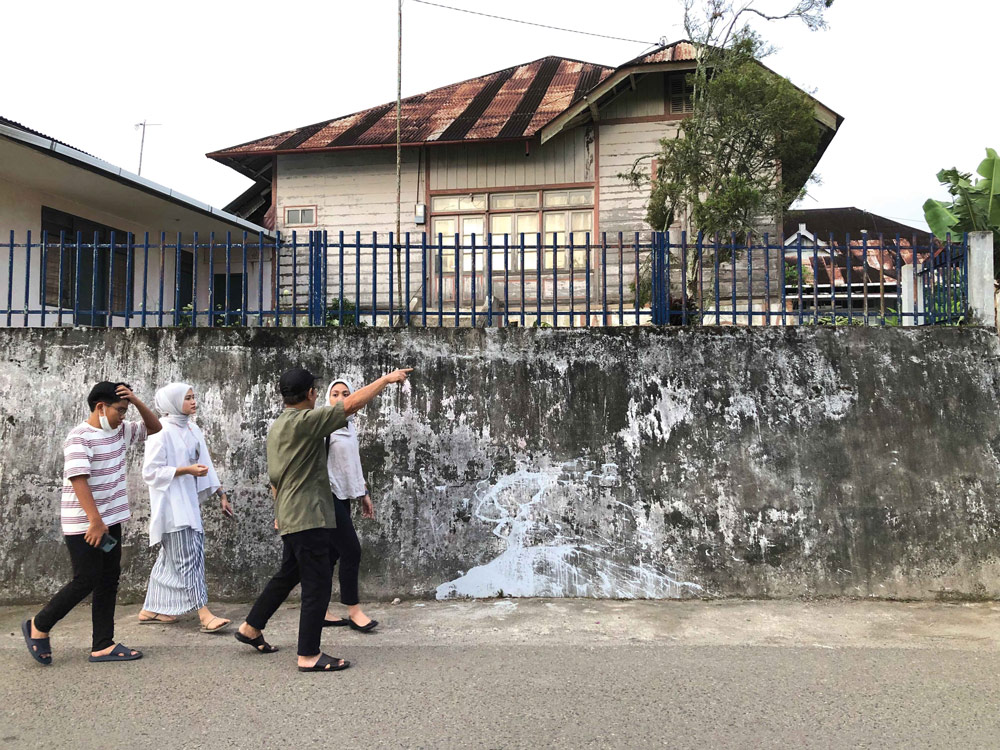
Kagé Sumbar, Jurian’s community-based tourism organisation, also operates a walking tour around Bukittinggi. If you start early enough, you can tour both areas within a day and experience two completely different atmospheres – all on foot.
Kagé Sumbar
+62818152483 (WA)
IG @kagé_sumbar
Indonesia Walking Tour in Bandung
Indonesia’s Axis for Art Deco Architecture
If you’re looking for a treasure trove of architectural wonders, Bandung’s striking colonial structures juxtaposed with contemporary constructions make it one of the best places to visit in Java. The city is rich in Art Deco-style buildings, influenced by the Dutch East Indies plan to move its capital from Batavia to Bandung in the 1930s. Furthermore, the growth of plantations in Bandung’s mountainous areas generated vast sums of wealth, and large-scale infrastructure developments were undertaken in light of interests from both the private and public sectors.
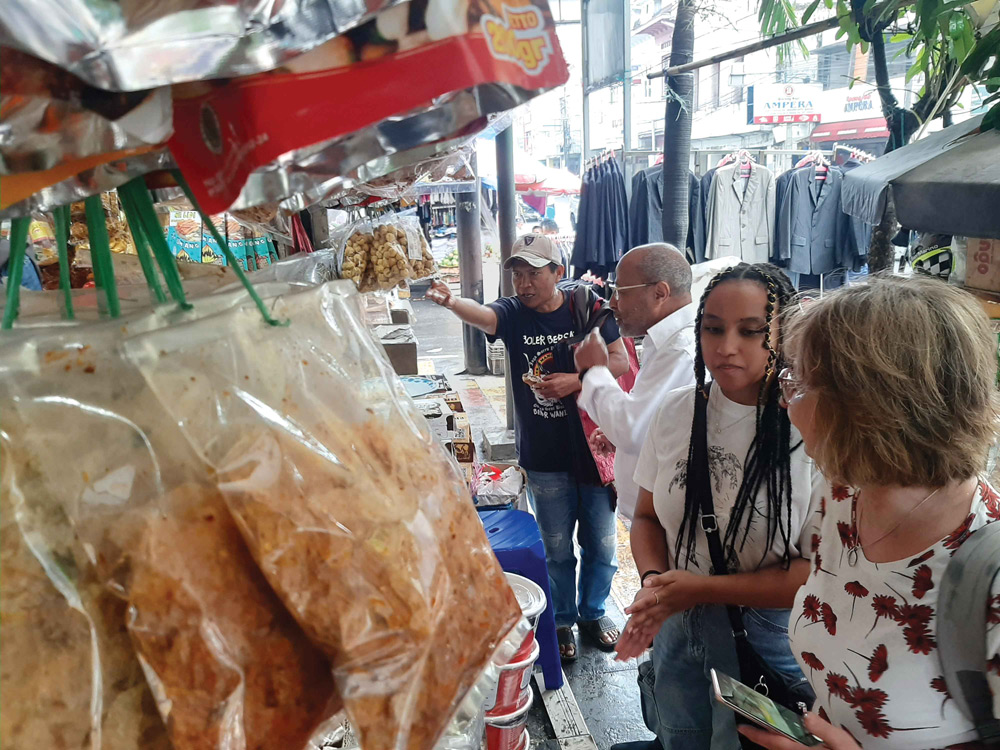
The splendour of the city with its authentic and well-maintained Art Deco buildings inspired a prominent historian and tourism figure, Teguh Amor Patria, to establish Bandung Trails in 2003. The company is dedicated to promoting Bandung and its heritage to the community at large through educational and tourism activities, such as walking tours.
For Teguh, the best way to immerse yourself in the city is by walking it. Bandung Trails offers two types of heritage tours: the classic and market tours. The Classic trail follows the history of the city from its beginning in 1810 up until the present day; on the other hand, the Market trail starts in Bandung’s Eastern sector near Chinatown and the walk explores the history there. The two of them can be combined for a full day of exploration around the city.
The trail starts from kilometre zero of the city on Jalan Asia Afrika, quite literally the starting point of Bandung’s own development. As such, this road alone houses historical buildings to note, including the Grand Hotel Preanger Bandung, Hotel Savoy Homann and Gedung Merdeka. The latter was once ‘Sociëteit Concordia’, the dance hall, entertainment and social centre for Bandung’s wealthy. The 7500m2 site now serves as museum displaying collections and photographs of the Asian-African Conference and doubling as the city’s first public park, Alun-Alun Kota Bandung.
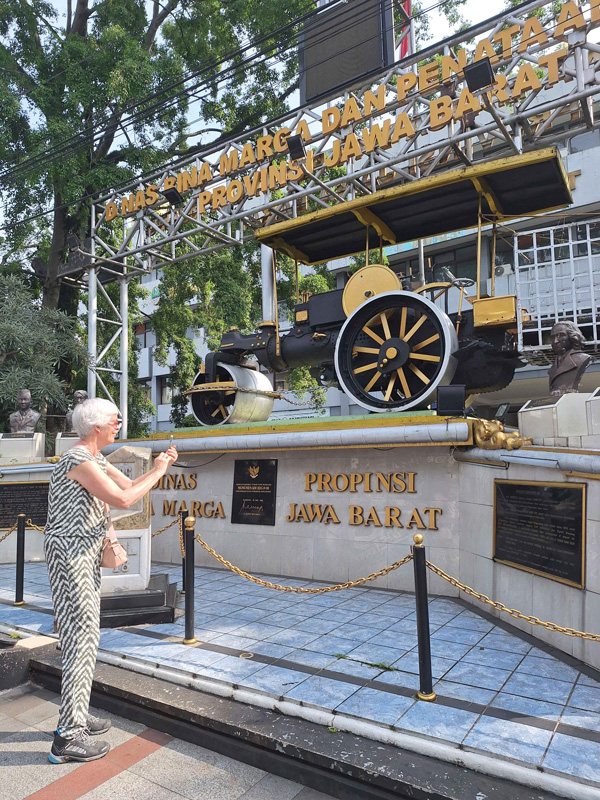
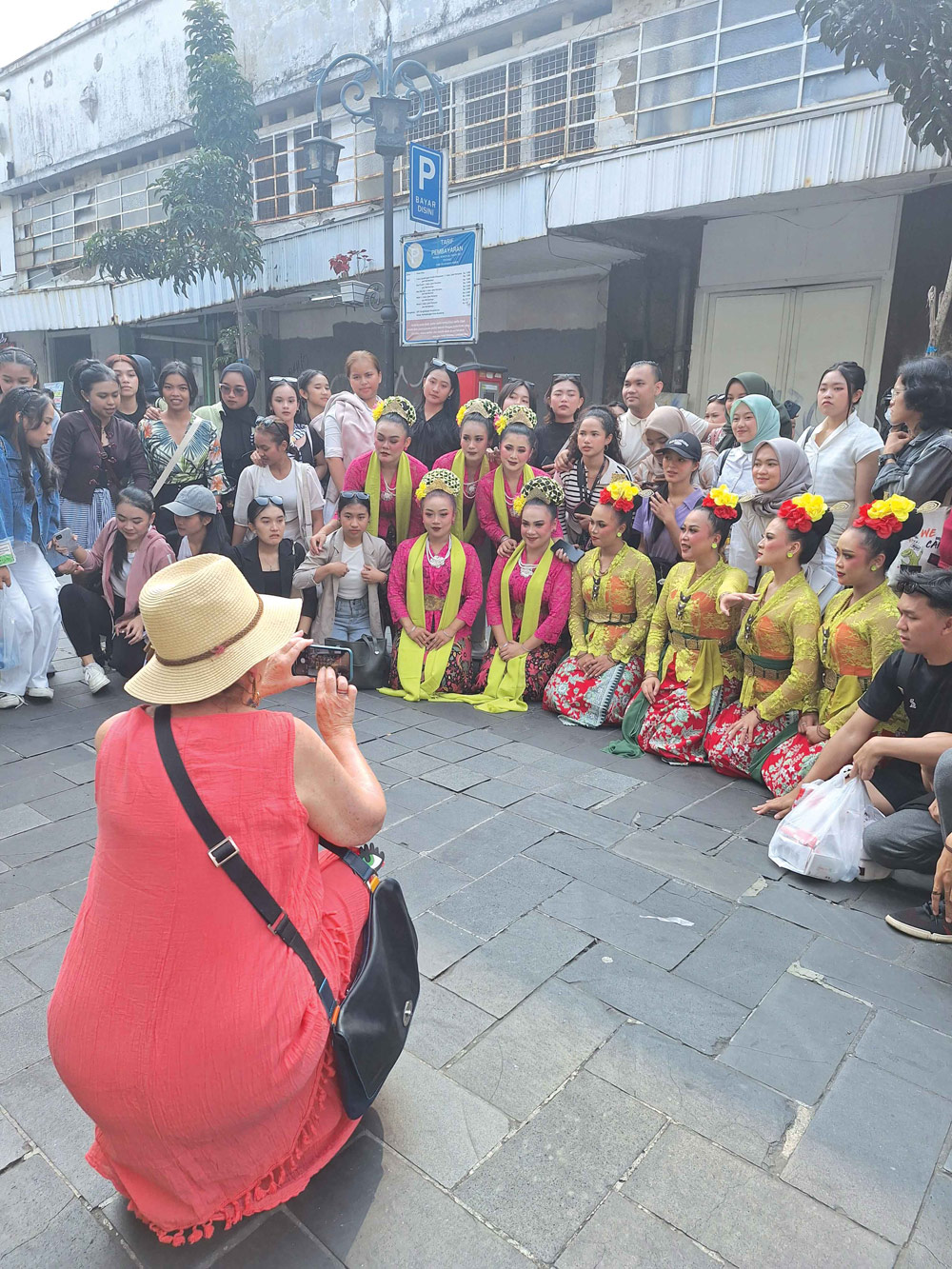
That is just the beginning! Afterwards, its down to Jalan Braga, the city’s first shopping arcade, where the tour invites participants to experience a historical bakery which has preserved its original look and feel, featuring vintage furnishings, antique chairs, old-fashioned cash register, and more. The tour continues to other historical landmarks: Taman Balai Kota, a park built during the Dutch colonial period; to one of the oldest surviving coffee factories and exploring interesting shops in Bandung’s oldest traditional market, including an old Chinese spice store and herbal jamu shop.
Of course, what makes all of these different places come alive are the stories, as the professional guides share insights into the founders, the anecdotes, the little factoids that add intrigue and are really the threads that weave the tapestry of Bandung’s history together.
Bandung is only 150 kilometres from Jakarta with plenty of options to travel between the two. Travelling by car is the most convenient option, but you’ll be at the mercy of the notorious traffic which may bring your travel time from 1.5 up to 3 hours. Alternatively, a train service from Gambir Station will be roughly 3 hours end-to-end. However, the newly opened bullet train, Whoosh, from Halim Station takes you to Java’s Art Deco Capital in only 45 minutes thanks to its 350 kilometres per hour service.
Bandung Trails
+6281322074635
bandungtrails2003@gmail.com
@bandungtrails
Heritage Walk in Bali
Ubud’s Ancient Kingdoms and Artistic Renaissance
Despite being one of Bali’s most visited destinations, not many people -even frequent visitors- know the history of Ubud. Many are familiar with the town’s popular landmarks, from the Campuhan River and the picturesque Pura Gunung Lebah temple; or Puri Lukisan Museum and the Ubud Royal Palace (Puri Saren Ubud). Though these iconic sites certainly add to Ubud’s aesthetic appeal, their stories add an extra layer of appreciation, as one begins to understand: why is Ubud called Ubud? Why is it associated to wellness, and why are there so many art museums in one town?
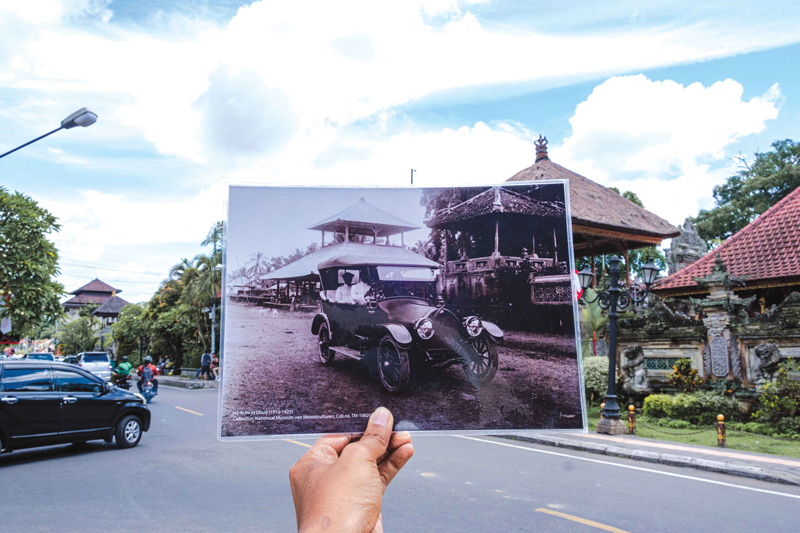
The answers to these burning questions are all found on the tours of Ubud Story Walks, a highly professional Indonesia walking tour with services in English. Feeling as if the cultural heritage of the town was severely overlooked and under appreciated, the founded their first tour in 2021, and have since welcomed a steady stream of curious heritage walkers through the town. Important to note is that this even included longtime residents, relieved to have someone who has done all the appropriate historical homework and be able to spoon-feed it in tasty, digestible bites!
The original tour, ‘Ubud: Past to Present’ begins precisely where the town’s own history begins, at the confluence of two rivers: Wos Kiwa and Wos Tengen, which come together to become the Campuhan River. Here, an old tale is told of an ancient Hindu priest, Rsi Markandaya, who was perhaps the first to note Ubud’s importance back in the 8th century. History fasts forwards a little as Ubud Story Walks shares on perhaps the most significant moment in Ubud’s modern history, taking place at the start of the 20th century. During the Dutch colonisation of Indonesia, artistic figures found their way to Ubud and forever changed not only the town itself, but artistic vision and indeed the tourist face of the entire island. This intricate story is told through visual references at Puri Lukisan Museum, and even some vintage photographs of the time, acquired by Ubud Story Walks.
As you stroll through central Ubud, learning of significant figures like former King of Ubud, Tjokorde Gede Agung Sukawati and renowned Balinese artist and ‘undagi’ (Balinese architect), I Gusti Nyoman Lempad, you begin to ‘re-see-‘ the place you may have seen before. With context, each site is given the gravitas and respect it deserves, transcending its contemporary role as just a pretty background for a selfie (though, these are certainly welcome too). Ubud: Past to Present takes roughly 3 hours and tours begin at 8.30am, available Wednesday to Sunday.
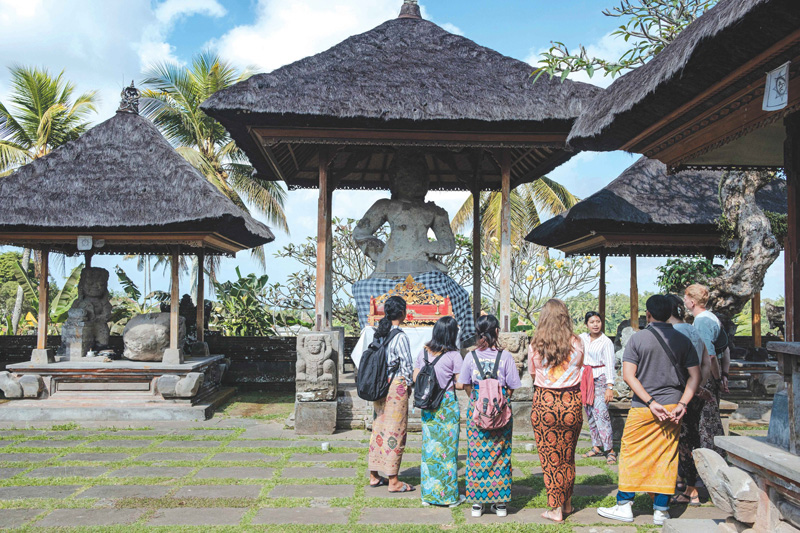
Now, for those already clued into the history of Ubud, then perhaps you have to dig even deeper into the past with ‘The Myth of Pejeng’. Ubud Story Walks takes guests to explore the remnants of the ‘Ancient Bali’ era, a time before the Majapahit kingdom come to the island, enriched by ancient stone and bronze artefacts, sarcophagi, and a visit to the ‘Temple of the Crazy Buffalo’.
Ubud Story Walks
+62 813-3875-4442 (WA)
info@ubudstorywalks.com
ubudstorywalks.com





